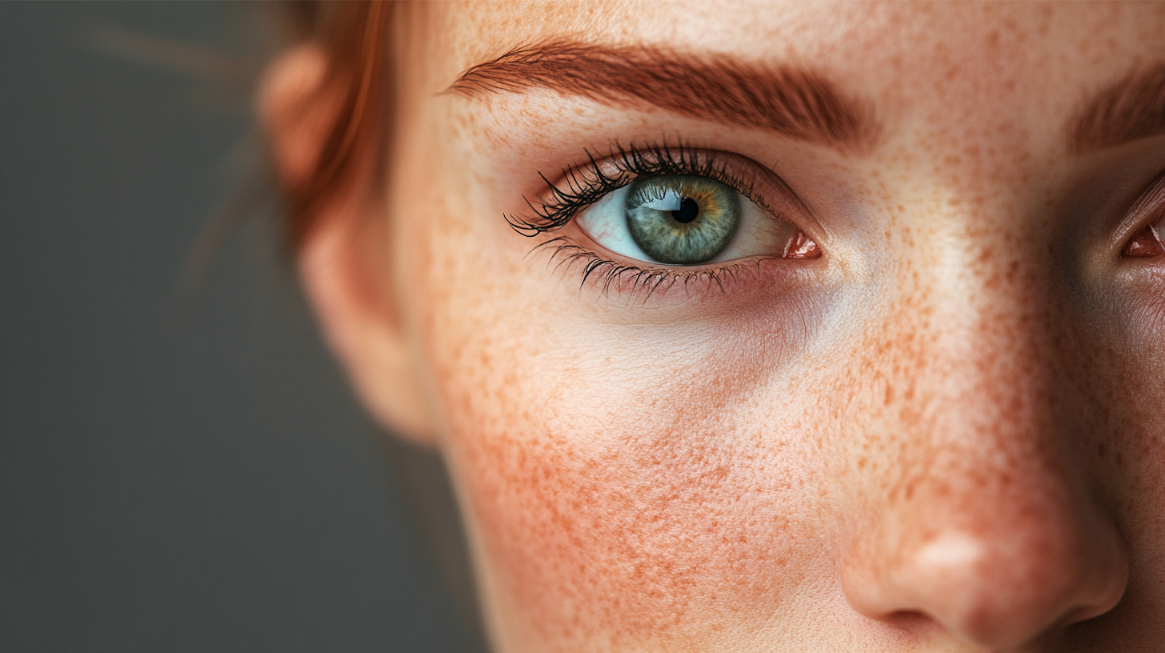Have you ever wondered whether treating spider veins is truly worth the investment? Spider veins, those small, dilated blood vessels visible on the skin’s surface, can often be more than just a cosmetic concern. The decision to treat spider veins involves considerations of aesthetics, health implications, and quality of life improvements.
Request Your Complimentary Consultation
Understanding Spider Veins
Spider veins are a common condition that affect many people, particularly women. They appear as red, purple, or blue lines on the legs and face and are typically the result of damage or pressure to the veins. While they are generally not harmful, they can cause discomfort and self-consciousness.
What Are Spider Veins?
Spider veins, also known as telangiectasias, are small clusters of blood vessels that manifest red or bluish color through the skin. They commonly appear on the legs and face, forming in a spider web-like pattern. While they are not indicative of serious health issues, they can lead to discomfort, itching, or aching, especially after long periods of standing or sitting.
Causes of Spider Veins
There are several factors contributing to the development of spider veins. Understanding these factors can help in both the prevention and treatment of this condition. Among the most common causes are:
- Genetics: Family history plays a significant role in whether you might develop spider veins. If your relatives have them, your chances are higher.
- Age: As you age, your veins can weaken, increasing the likelihood of spider and varicose veins.
- Gender: Women are more prone to spider veins than men, likely due to hormonal factors such as pregnancy, menopause, and birth control pills.
- Lifestyle: Jobs requiring prolonged standing or sitting can put extra pressure on leg veins, contributing to spider vein development.
- Obesity: Excess weight puts additional pressure on your veins.
- Sun Exposure: Prolonged sun exposure, especially in fair-skinned people, can cause spider veins on the face.
Symptoms of Spider Veins
Although typically considered a cosmetic issue, spider veins can sometimes present symptoms that may be uncomfortable. Common symptoms include:
- Visible red or blue veins
- Swelling in the legs
- Aching or discomfort
- Heavy feeling in the legs
- Itching or burning sensations around the veins
Start with a Free Consultation

Treatment Options for Spider Veins
Deciding to treat spider veins involves understanding the different treatment options available. Each approach has its advantages and potential drawbacks, which is important to consider for achieving desirable results.
Sclerotherapy
Sclerotherapy is one of the most common treatments for spider veins. This procedure involves injecting a solution directly into the vein, causing it to collapse and eventually fade from view. This treatment is highly effective and can be done in a medical office with minimal downtime.
- Pros: Quick procedure, effective results, minimal discomfort
- Cons: Possible side effects like bruising, redness, or swelling
Laser Therapy
Laser therapy uses focused light to treat spider veins by heating them, causing them to collapse and be absorbed by the body. This non-invasive treatment is popular for its precision and safety.
- Pros: Non-invasive, highly targeted, effective for small veins
- Cons: May require multiple sessions, can be costly, possible temporary discoloration
Other Treatment Options
- Intense Pulsed Light (IPL): Targets pigmentation and spider veins using broad-spectrum light, suitable for facial veins.
- Radiofrequency Ablation: Uses radiofrequency energy to target and heat veins, causing them to close.
Cost Considerations
The cost of treating spider veins varies depending on the method chosen, the severity of the veins, and the location of the treatment. Below is a general overview of treatment costs:
| Treatment Type | Estimated Cost per Session |
|---|---|
| Sclerotherapy | $300 – $800 |
| Laser Therapy | $300 – $600 |
| IPL | $200 – $500 |
| Radiofrequency | $600 – $1,500 |
Insurance and Costs
Insurance might cover spider vein treatments if deemed medically necessary, such as when associated with symptoms like pain or swelling. It’s advisable to consult with your healthcare provider for clarification on what might be covered under your plan.
Pros and Cons of Treating Spider Veins
Evaluating the benefits and potential downsides of treating spider veins can aid in making an informed decision. While primarily a cosmetic concern, treatment can improve quality of life in significant ways.
Benefits of Treatment
- Cosmetic Improvement: One of the most immediate benefits is enhanced appearance, leading to increased confidence and satisfaction with one’s body image.
- Symptom Relief: Treatments can alleviate any discomfort or symptoms associated with spider veins, such as aching or swelling.
- Improved Circulation: Some treatments help improve blood flow, potentially reducing the risk of more severe vein issues.
Potential Risks and Side Effects
As with any medical treatment, there are risks and side effects involved. These vary depending on the chosen treatment and individual patient circumstances.
- Temporary Discomfort: Pain, swelling, or bruising can occur after some procedures.
- Skin Changes: Changes in skin pigmentation or slight scarring might be temporary side effects.
- Allergic Reactions: Rare cases of allergic reactions to the solution used in sclerotherapy.
Preventative Measures for Spider Veins
While treatment can be effective, prevention plays a crucial role in managing spider veins. By adopting certain lifestyle changes, you can minimize your risk of developing new spider veins or worsening existing ones.
Lifestyle Changes
- Exercise Regularly: Regular physical activity promotes circulation and strengthens the leg muscles, which can help prevent vein issues.
- Maintain Healthy Weight: Keeping a healthy weight reduces pressure on your veins.
- Elevate Your Legs: Taking breaks to elevate your legs can improve circulation.
- Wear Compression Stockings: These can support vein health and circulation.
- Protect Your Skin: Use sunscreen to prevent spider veins on the face and avoid prolonged sun exposure.
Quality of Life Considerations
Spider veins may not be a medically critical issue, but they can significantly impact your quality of life. People affected by visible veins often experience reduced confidence and may avoid wearing certain clothing or participating in activities where their legs are visible.
Treating spider veins not only enhances cosmetic appearance but also can alleviate physical symptoms such as pain and discomfort. An investment in your self-esteem and comfort should not be underestimated, and treatment can lead to a marked improvement in your overall well-being.
Is Treatment Worth It?
Whether or not to treat spider veins is a personal decision. For many, the benefits of enhanced appearance, symptom relief, and improved self-confidence outweigh the potential risks and costs. However, each case is unique, and individual preferences, medical conditions, and financial situations should guide the decision-making process.
Factors to Consider
When deciding whether to treat spider veins, consider:
- Severity of Symptoms: Are your spider veins causing significant discomfort?
- Cosmetic Impact: How much do your spider veins affect your self-esteem or lifestyle?
- Financial Implications: Are the costs of treatment within your budget or covered by insurance?
Engaging in open dialogue with a medical professional can provide clarity and aid you in making an informed decision that best aligns with your personal needs and circumstances.
Conclusion
In conclusion, the choice to treat spider veins is one that encompasses several considerations including health, aesthetic, and financial aspects. While treatment isn’t necessary for everyone, many find that addressing this condition provides not only relief from physical discomfort but also boosts self-confidence and quality of life. As such, evaluating your personal situation and consulting with medical specialists are crucial steps in determining if treatment is the right choice for you.
Remember, whether choosing to pursue treatment or adopt preventative measures, the key lies in understanding your body’s needs and making decisions that enhance your health and happiness.


